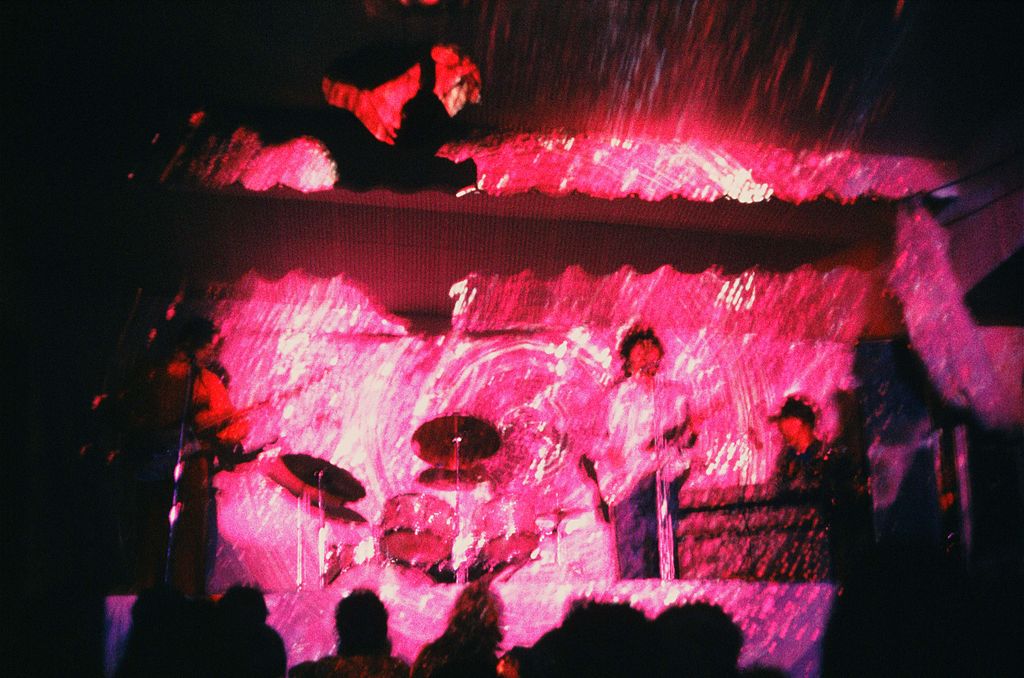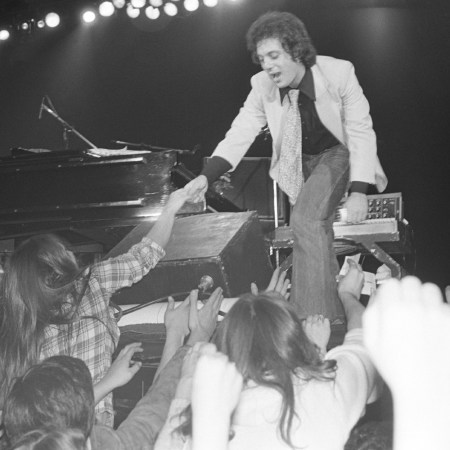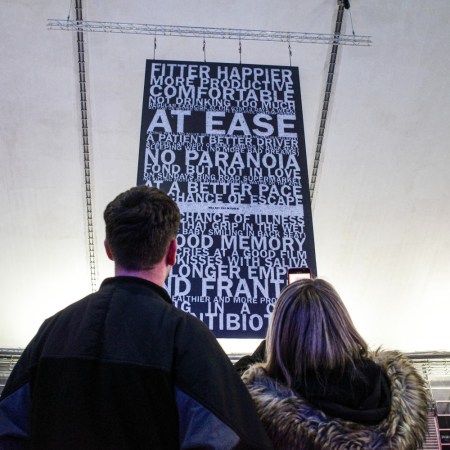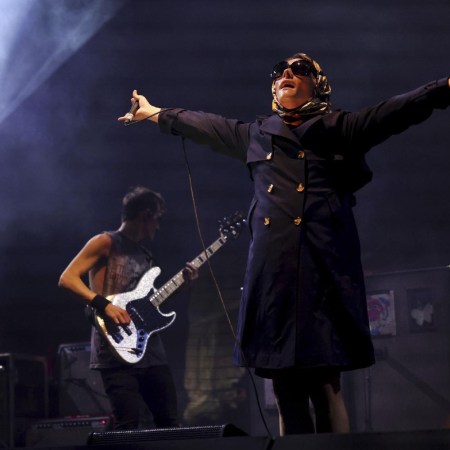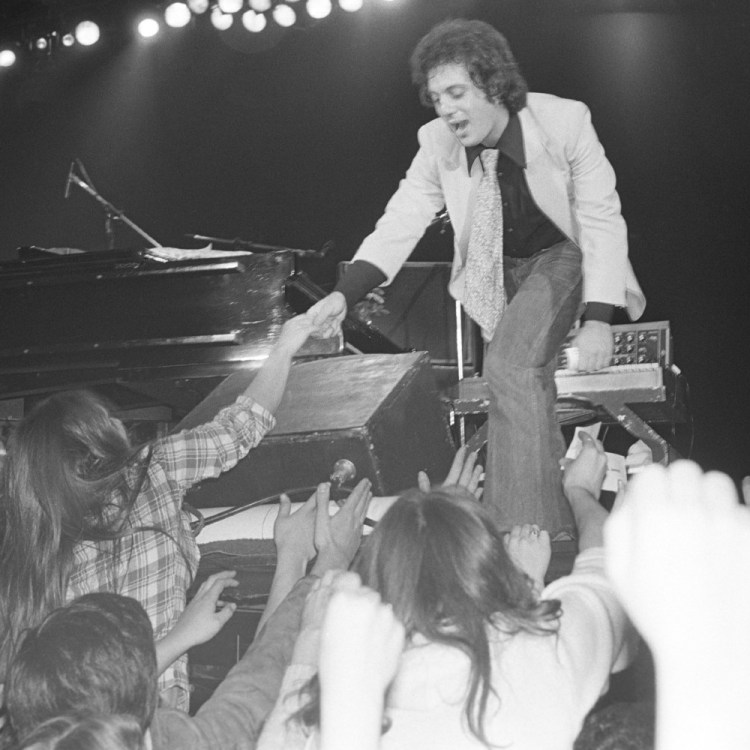When it comes to the aesthetics of rock (and rock-adjacent) concerts, I find that I prefer one of two very different options. If it’s just the band on stage, that’s usually fine by me; if there’s going to be lighting, I’d much rather see something all-encompassing than something that feels entirely generic. The work of the Joshua Light Show comes to mind here; the same could be said of the monumental visuals that accompanied Sufjan Stevens, Bryce Dessner and Nico Muhly’s Planetarium when it was performed live.
For the decades that that actively played live shows, Pink Floyd established a reputation for striking visuals to accompany their music. This included the use of flying pigs, beginning in the 1970s, as well as ornate use of lighting and video in their 1990s tours. But their earliest light shows had a more psychedelic bent — and it’s all due to condoms.
Well, at least to some extent. As Jack Whatley recounted in an article for Far Out, Pink Floyd’s tour manager in the mid-1960s, Peter Wynne-Willson, suggested a few new approaches to the band’s onstage presence. Whatley describes the technology that made for Pink Floyd’s visuals as originating from “using a stretched condom over a lens and splattering it with paint and oil.”
That use of materials was both innovative and resourceful — and it helped the band develop a reputation for visuals that perfectly matched their thoroughly immersive music. The technology may have changed over the years that followed, but the motivation remained the same.
Thanks for reading InsideHook. Sign up for our daily newsletter and be in the know.
